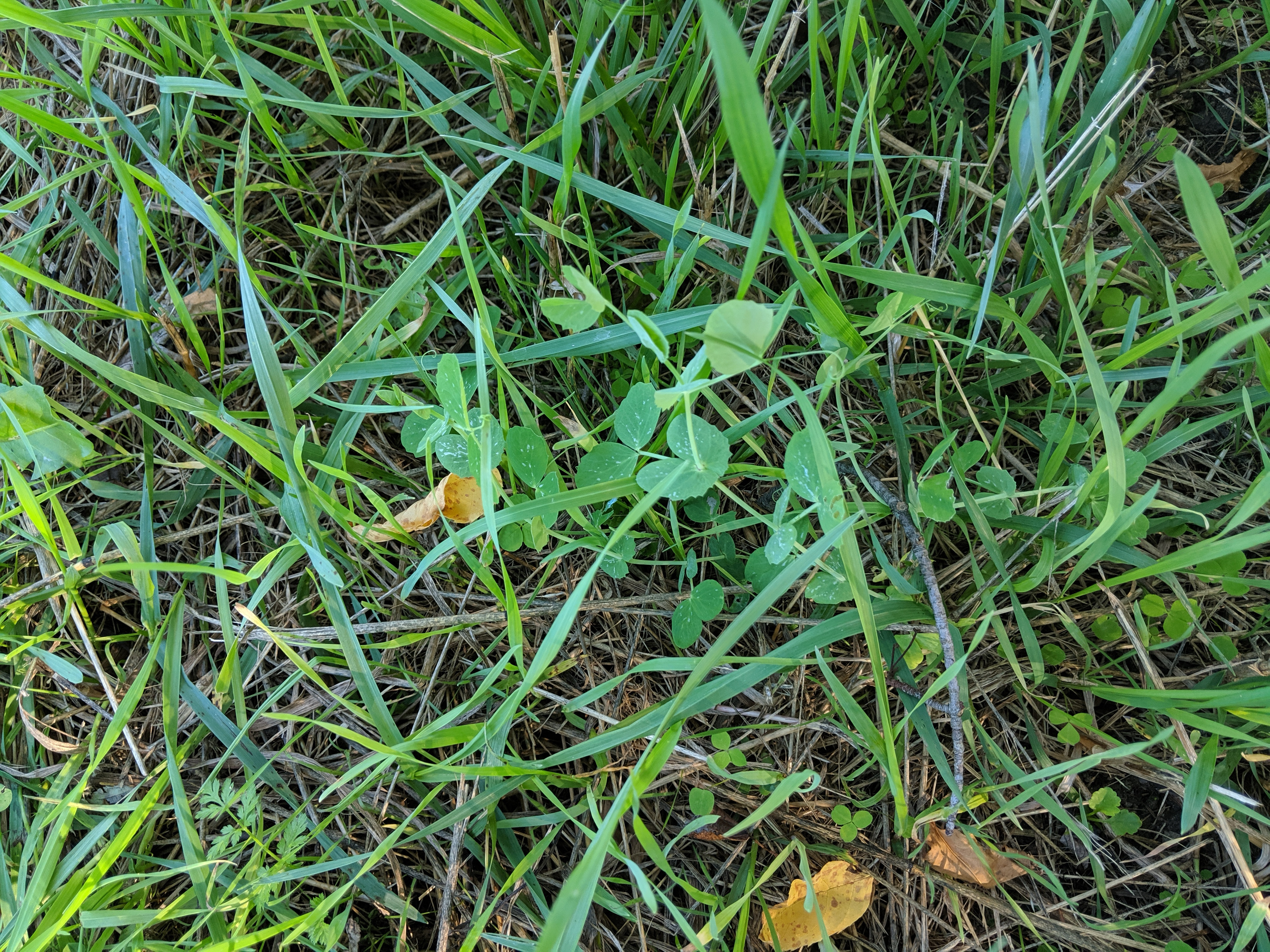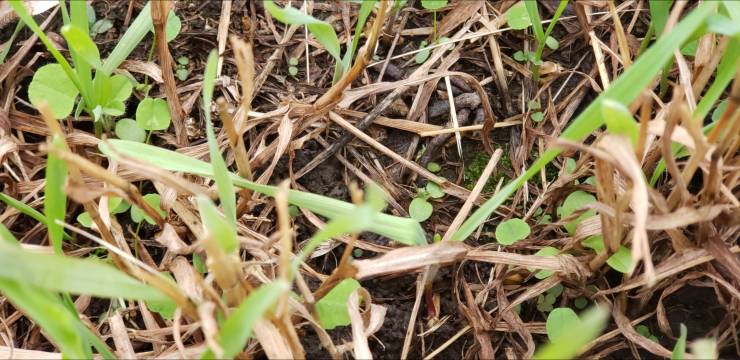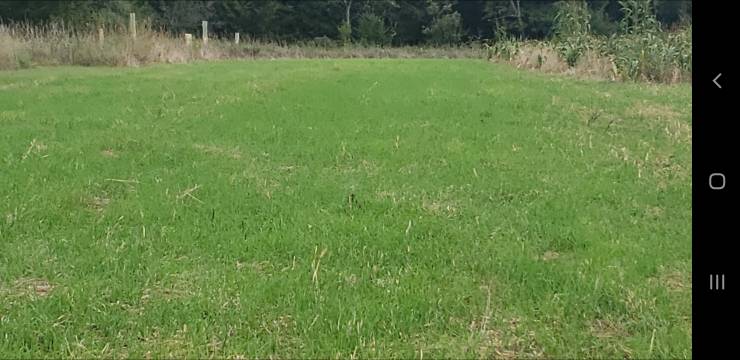S.T.Fanatic
5 year old buck +
Nitrogen credit for next years crops.I guess that is why I was wondering. For the guys that throw clover in are you intending to leave it a clover plot the following year or mainly for spring time food?
Nitrogen credit for next years crops.I guess that is why I was wondering. For the guys that throw clover in are you intending to leave it a clover plot the following year or mainly for spring time food?
I have left it for a clover plot but usually I'll plant brassicas here next year and I'll terminate it and get some nitrogen plus it feeds them until the brassicas are planted.I guess that is why I was wondering. For the guys that throw clover in are you intending to leave it a clover plot the following year or mainly for spring time food?
Annual grasses are the problem, and you are right that clovers aren't out producing the cereals (nitrogen). Its the mid summer invasion of grasses that I'm not encouraging through excessive nitrogen credits. Cereals don't need them anyway to green in the winter.I don't think that the clover and peas arent going to produce more Nitrogen than the cereals and radishes will take up. If your problem is annual grasses it could be a different story. I don't have that issue. I would also assume that the rye would smother out your annual grasses but i have no experience in any area outside S.E. MN. FWIW.
I guess that is why I was wondering. For the guys that throw clover in are you intending to leave it a clover plot the following year or mainly for spring time food?
Anybody see much useage of the annual clovers? I like the idea of having a nice mix and they would fit what I want to do a little better.
This boggles my mind. Between my lime, fertilizer, and seed, if every granule germinated into a plant on my plots, it wouldn’t be this thick.This pic was taken a couple weeks ago this was a throw and mow planted around Labor day, like Someday said the clover should take off in the spring.



I'm sure that some of that is grasses, it wasn't sprayed just broadcast seed and mowed. I'm trying to see how much I can get away with not spraying, I'm not against spraying just experimenting.This boggles my mind. Between my lime, fertilizer, and seed, if every granule germinated into a plant on my plots, it wouldn’t be this thick.
